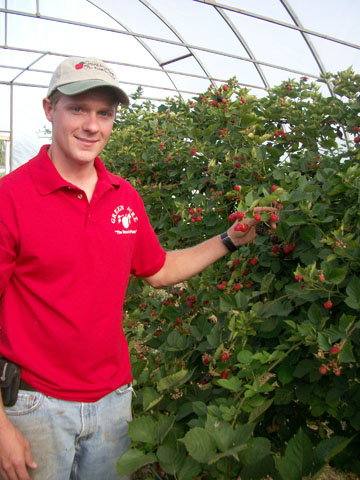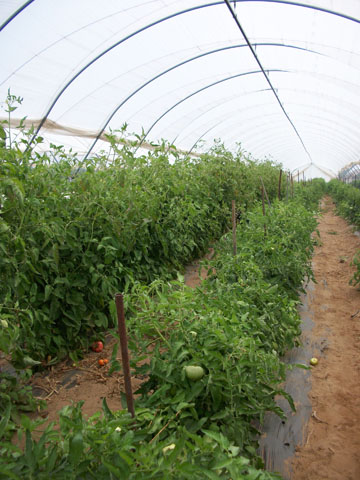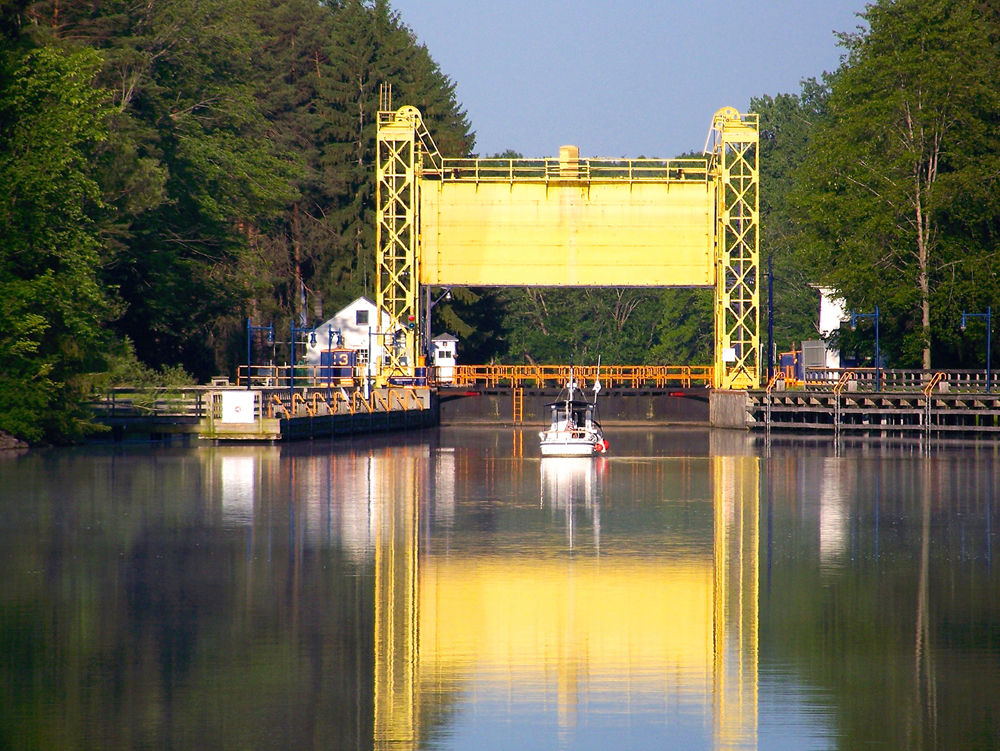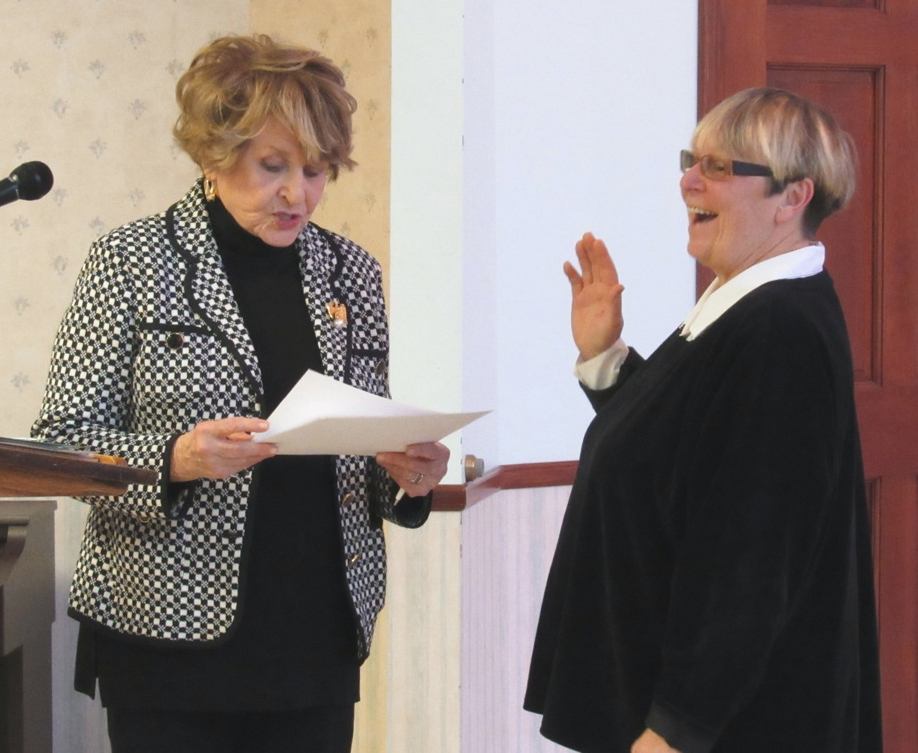Children’s author to present writing workshops in Holley
 Holley native David Gifaldi presents writing workshops at the Community Free Library during this week. Noted children’s author, David Gifaldi, will be presenting both a family evening and a teen writers workshop as part of the “Dig into Reading” Summer Reading Program at the Community Free Library in Holley on August 14 and 15.
Holley native David Gifaldi presents writing workshops at the Community Free Library during this week. Noted children’s author, David Gifaldi, will be presenting both a family evening and a teen writers workshop as part of the “Dig into Reading” Summer Reading Program at the Community Free Library in Holley on August 14 and 15.
On Wednesday, August 14, at 6:30 p.m., Gifaldi will do a family evening program for adults and children, reading from his books, talking about what it is like to be an author, and signing copies of his books which will be available in the library for purchase.
On Thursday, August 15, at 2 p.m., Gifaldi will hold a writers workshop for teenage authors. Each teen attending the workshop will receive a notebook. Gifaldi loves the opportunity, and says that he wants to “…offer some of his experience in the joys of writing” and help the children “…develop self-expression, confidence and a chance to see that they are already writers even though they don’t know it.”
Both the family evening and the teen writing workshop are free to the public.
Additional programs designed for little people will be offered on Tuesday, August 13 at 1 p.m. and on Thursday, August 15 at 1 p.m.. During the August 13 program, children will be introduced to the books of David Gifaldi and will work together to brainstorm and write a children’s book. On Thursday, August 15, the children will receive a copy of their book to illustrate, and will also hear stories of other New York authors.
A Holley native, Gifaldi lives in Portland, and is both a writer and teacher. His eight published books for young readers include picture books, a tall tale, middle-grade novels, and a collection of young adult short stories. On his website http://www.davidgifaldi.com/about-david, Gifaldi says, “I grew up in Holley, New York, a small town near Lake Ontario. Besides my parents and two brothers, my family was made up of grandparents, aunts, uncles, and a host of cousins to make mischief with. Summers in Holley were filled with baseball, band concerts, carnivals, and playing Tarzan off the rope swings at various swimming holes. Winters were for ice skating and sledding. … It was my third-grade teacher who opened up the magic of books for me. I’d come in hot and sweaty after recess, put my head down on my desk, and be taken away by her voice into the world of Tom Sawyer. Tom and Becky, Huck and Injun Joe. These became friends I looked forward to meeting day after day. It was almost more than I could bear when, at the height of a scene, the teacher would eye the clock and say, “That’s enough for today, please take out your math books.” Presently, I teach fifth grade in Vancouver, WA. I enjoy both of my chosen fields – teaching and writing – and find the two go together well. My students provide me with plenty of ideas, weird, wacky, and wonderful.”
Growers find high tunnel advantages for fruits and vegetables
by Kristina Gabalski
 Jeremy Wolf stands next to the wall of blackberries at Green Acre/West Wind Fruit Farms on Manitou Road in Hilton. At Green Acre/West Wind Fruit Farms on Manitou Road in Hilton, Kathy Pearson and her son-in-law Jeremy Wolf are combining a unique trellising system developed by Kathy’s late husband, Craig Michaloski, and a high tunnel, to grow large blackberries with amazingly sweet flavor.
Jeremy Wolf stands next to the wall of blackberries at Green Acre/West Wind Fruit Farms on Manitou Road in Hilton. At Green Acre/West Wind Fruit Farms on Manitou Road in Hilton, Kathy Pearson and her son-in-law Jeremy Wolf are combining a unique trellising system developed by Kathy’s late husband, Craig Michaloski, and a high tunnel, to grow large blackberries with amazingly sweet flavor.
The summer of 2013 marks the “first big crop” of blackberries grown under the tunnel, Kathy says.
“It’s like a wall of blackberries,” she notes, as she shows-off the trellises inside the tunnel. They are sturdy and designed in a modified “V” shape – with one side of the “V” much higher than the other.
Jeremy says the lower side of the trellis allows for pruning and training of the long primocanes (which have grown to lengths of 20 foot). Fruit develops on shorter stems of growth off the pruned canes which are transferred to the higher side of the trellis for fruit production.
Kathy says Craig had been inspired by an article he read in 2009 regarding the use of high tunnels for growing blackberries. Craig worked closely with the author of the article, Marvin Pritts of Cornell University, to develop his trellis system and prepare for the installation of the high tunnel.
Craig also “researched for (blackberry) varieties that have stiff canes and are disease resistant,” Kathy says.
A thornless variety was chosen and the high tunnels and supplies delivered to Green Acre. Craig was able to witness the planting of the berries in 2011, but died of ALS (Lou Gehrig’s Disease) in early 2012.
“Now his dream is coming into fruition,” Kathy says. “It’s a one-of-a-kind growing system in the immediate area.”
High tunnels are not greenhouses, Kathy explains – there are no growing lights.
The tunnels are hoop houses covered in a special plastic and the hoops are set into upright pipes which have been installed in the soil.
Plants are grown directly in the soil and temperature can be modified by rolling up the plastic on the sides and opening up the plastic on the end walls.
Kathy and Jeremy say high tunnels have been used for several years to grow berries in Europe and can help protect the fruit from rainwater damage.
 The high tunnel at Partyka Farms in Kendall is used for vegetables such as summer squash and tomatoes. The tall tomato plants at left are heirloom varieties.“They help with insects,” Jeremy says, meaning that fruits can be grown without the use of pesticides. The tunnels protect the vulnerable blackberry plants from the ravages of winter winds, as well.
The high tunnel at Partyka Farms in Kendall is used for vegetables such as summer squash and tomatoes. The tall tomato plants at left are heirloom varieties.“They help with insects,” Jeremy says, meaning that fruits can be grown without the use of pesticides. The tunnels protect the vulnerable blackberry plants from the ravages of winter winds, as well.
Outside, blackberries can be damaged during the winter, Kathy says, but in the high tunnels, “new buds are not exposed to wind which knocks off the buds.”
The plants thrive in the tunnels producing large berries which are more flavorful than those grown outside, she says. “The size of the fruit, I just can’t believe – and the flavor is phenomenal.” The yields are at least double that of blackberries grown outside.
Irrigation is necessary in the tunnel as it doesn’t receive rainwater and bumblebees are used for pollination because they do a more efficient job than honeybees with the berries. Green Acre utilizes drainage around the high tunnel so plant roots don’t stay wet.
The high tunnel also extends the harvest season for blackberries, Kathy and Jeremy say, and Jeremy adds that work can be done inside the tunnel on days when inclement weather prevents work from being done outside.
Green Acre has a high tunnel for fall raspberries and Kathy and Jeremy are experimenting with cherries grown under a tunnel. “Perhaps someday we’ll have a wall of cherries like they do in Europe,” the two say.
Vegetables like high tunnels, too
At Partyka Farms in Kendall, Jeff and Lora Partyka are in their fourth season of using a high tunnel for vegetables like zucchini, cucumbers, yellow summer squash as well as tomatoes.
The tunnel allows them to get the squash to market weeks ahead of the normal harvest and also keeps pests and fungal diseases in check, allowing them to grow without chemicals.
The tomato plants inside the tunnel are huge. “The heirloom tomatoes are really tall,” Jeff notes and says he will have to utilize higher stakes next season.
He says almost any crop could be grown under the tunnels and that he may expand his use of high tunnels in the future.
He has to constantly manage the plastic covering the hoops on the tunnel – raising it during the day and lowering and closing it at night. Jeff says he also has to be careful when there are high winds so the plastic does not get damaged. The plastic is removed in the winter as Jeff grows only annual vegetables in his tunnel.
The tunnel is large enough so that small equipment can be used to work the soil inside, Jeff explains. The high tunnel allows him to obtain “an earlier harvest and better yields,” he says.





